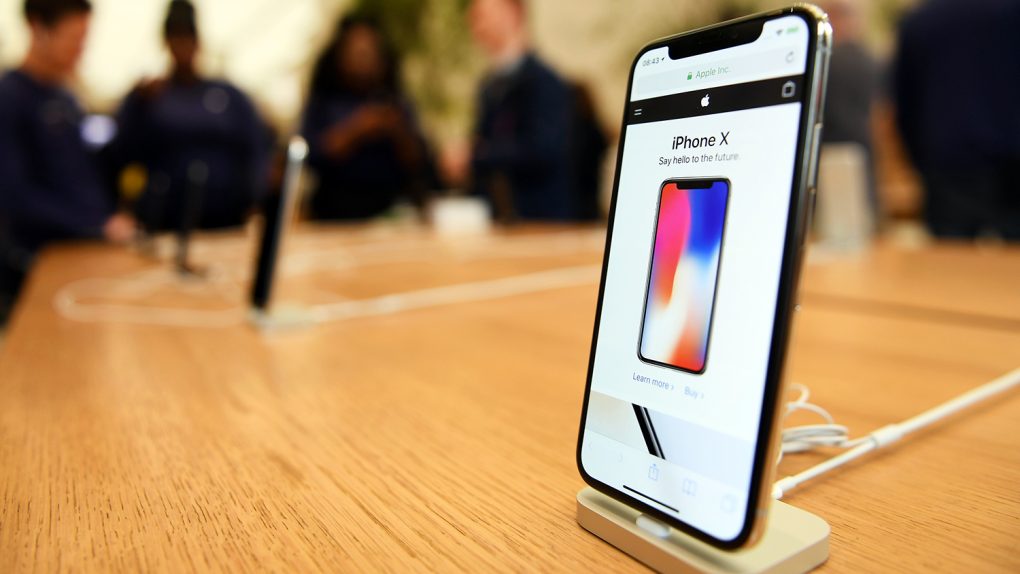The most significant trend in mobile this year is the all-screen smartphone design. All the major players in the business released at least one device featuring a display that occupies almost the entire front side of the phone. The Galaxy S8, Galaxy Note 8, and iPhone X are some of the best examples of all-screen design, although there are plenty of similar handsets out there.
What can they possibly invent next, when it comes to mobile displays, now that we have bezel-free gorgeous high-resolution screens? How about holograms, the Star Wars kind, which don’t require special glasses?
The mobile divisions of Samsung and LG are already working on holograms that can be viewed both without special eyewear and with the help of headsets, with these technologies expected to debut in the coming years. The most interesting of the two is, obviously, the one that doesn’t require a device to be worn by the user, which could bring a Star Wars-like experience to mobile devices.
But we may see 3D holograms while using headsets at first, a report from The Korea Herald indicates.
Hologram images displayed via head-mounted displays require less data, sources familiar with these projects told the paper. Samsung’s central research arm Samsung Advanced Institute of Technology (SAIT) is already developing a headset with hologram capabilities, but it might not launch one in the very near future.
“Samsung’s hologram technology for a head-mounted display has almost completed,” a person familiar with the matter said. “But the firm is now weighing whether it is the right time to unveil it in the market for profitable returns.”
Samsung and LG are also developing hologram panel technologies under national projects that started in Korea in previous years. “The hologram technology for mobile devices, once developed, can display 5-inch 3D holographic images in the air,” an official at the Korean Giga Korea Foundation said. “The pilot video of the super high-definition panels will possibly be made in late 2019 for the first time in the world.”
The holograms will have four times more pixels than the Galaxy Note 8’s 570 pixel-per-inch (PPI) displays. The more pixels a hologram screen has, the better and cleaner the image quality is.
Manufacturing such displays won’t be easy, the report notes and may delay the actual launch of mobile devices with hologram capabilities. These high-resolution screens will also require integrated communications modules.
It’s unclear at this time what will be the first mobile device to offer holograms in the air. It might not be made by Samsung or LG, though the hologram display technology might as well originate from Korea. Both companies are fighting for the iPhone OLED display business, although that’s a battle Samsung’s Display division is currently winning. Apple has display patents that describe hologram technology that would allow a user to see such an image in the air and interact with it using multitouch gestures.
It may not even be a smartphone. LG is currently developing hologram technology suitable for a tabletop surface, which could be used in museums to display art. The technology might be used for video conferencing as well. Again, just like in Star Wars.







